Over their lifetimes, some migratory shorebirds travel over 380,000km, equivalent to the distance from the Earth to the Moon. One young ecologist plans to follow their annual flight path.
Illustration by Amellia Formby
In 2007, a female bar-tailed godwit with the leg flag E7 was fitted with a satellite tag to track her movements. It had long been suspected that godwits flew long distances in one go, but researchers were still amazed by what they found. On her first flight, over a period of six days, E7 flew 10,200km from New Zealand to Yalu Jiang, China, bordering the Yellow Sea. After a month-long stopover to refuel, she then flew a further 7,400km to Alaska to breed.
Twelve weeks later, at the end of the breeding season, E7 then made an 11,680km non-stop return flight to New Zealand directly across the Pacific Ocean over eight days — a 29,280km round trip.
Often overlooked on our beaches in their unassuming, grey non-breeding plumage, the many species of shorebird — also known as waders — undertake the longest migrations in the natural world. Unlike seabirds, shorebirds don’t glide and can’t land on water during their long journeys. Instead, they are built to flap the entire way, and to take advantage of prevailing winds.
Shorebirds, which include plovers, sandpipers, stints, curlews, oystercatchers, snipe and shanks, live in habitats ranging from vast tidal mudflats and sandy coastal beaches to inland salt and freshwater lakes. We know from over 30 years of banding that these birds are long-lived, with records of some individuals over 20 years of age. When you consider the distance these birds travel every year, over their lifetimes many will have flown greater than the equivalent distance to the moon.
The migration path flown by E7 the bar-tailed godwit. © Adrian Reigen
To undertake such epic feats of endurance, shorebirds undergo several extreme physiological changes prior to migration. Red knots, for example, make room for extra fat by reducing the size of their digestive tract, reproductive organs and non-essential leg muscles to become super-refined, long-distance flying machines. Their heart muscle increases in size to maximise their oxygen carrying capacity, and their pectoral muscles enlarge to support the sustained beating of wings.
Joined by flocks numbering in the millions, shorebirds depart Australia in mid to late March and fly to the Arctic Circle. Most breed on the Arctic tundra to exploit its abundance of energy-rich food sources in the form of insects and berries, and its low number of predators. However, especially as ground-nesting birds, there is still a risk of predation. To avoid becoming food themselves, shorebirds have become masters of camouflage. Each year before they arrive, they begin moulting into specialised breeding plumage that makes them practically invisible when sitting on the nest amongst the mosses and lichen of the Arctic plains.
Shorebirds live a high-energy demanding life cycle and have evolved to exploit an abundance of high-energy ephemeral food resources at key stopover sites during migration. But therein lies the problem.
There are 55 species of shorebirds in Australia, of which 36 are migratory. They follow a migration route known as the East Asian-Australasian Flyway (EAAF), the largest of the world’s eight global Flyway networks, connecting 23 countries across four continents. The EAAF is also the most species-rich Flyway, with over 200 species. Sadly, the EAAF is now experiencing the fastest rates of shorebird population decline.
Around the Yellow Sea, home to over 600 million people, vast tidal mudflats — rich in marine invertebrates such as bivalves, polychaete worms, and marine snails on which these birds rely to refuel — are being reclaimed for industry and agriculture. In addition to rapid human population growth, rising sea levels and changes to food availability from climate change are also a threat.
Unfortunately, this has led to rapid population declines for many shorebird species; some, like the eastern curlew and curlew sandpiper, are now listed as Critically Endangered in Australia, having experienced losses as great as 80% in the last 30 years. Without intervention, these species are predicted to go extinct in as little as a decade.
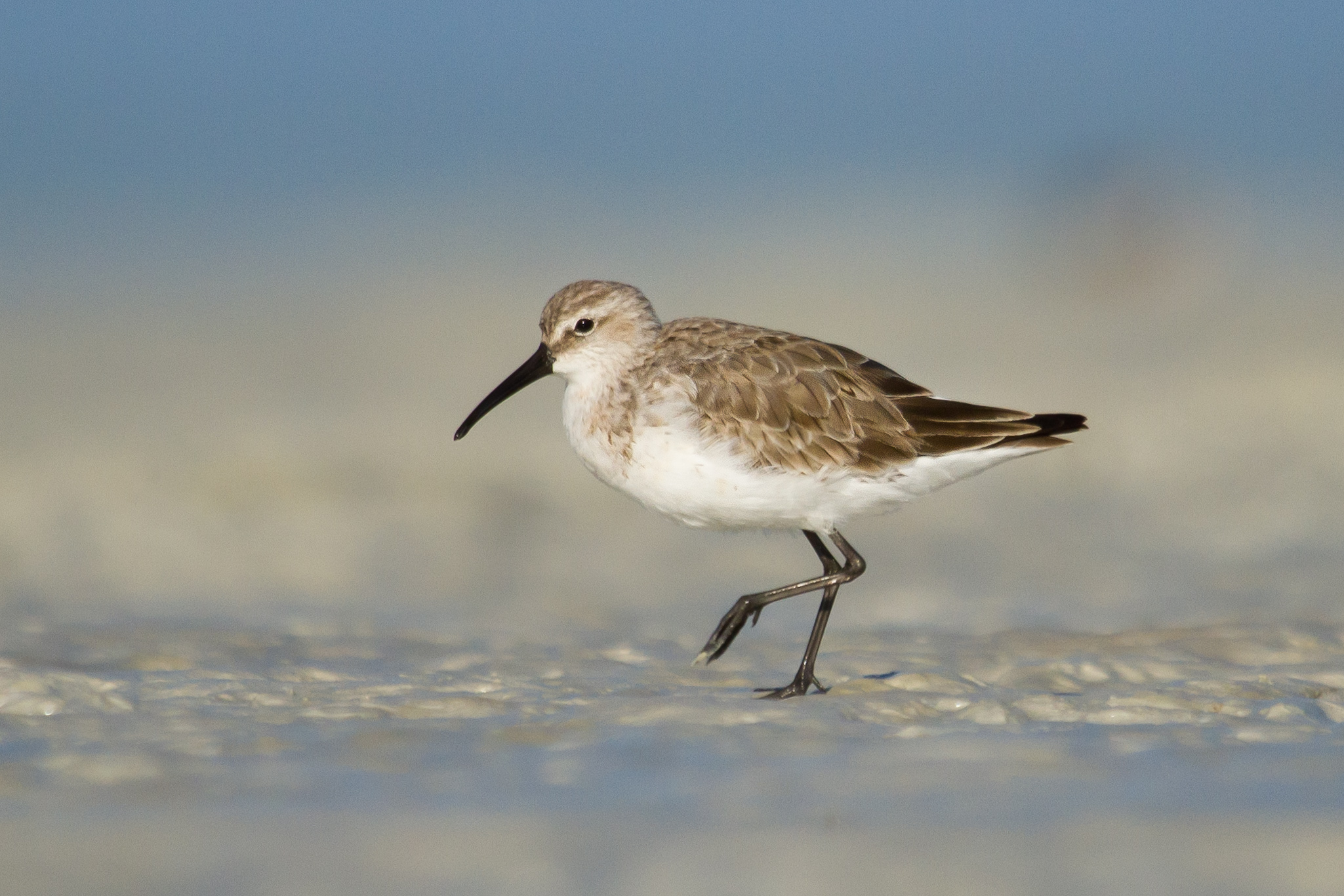
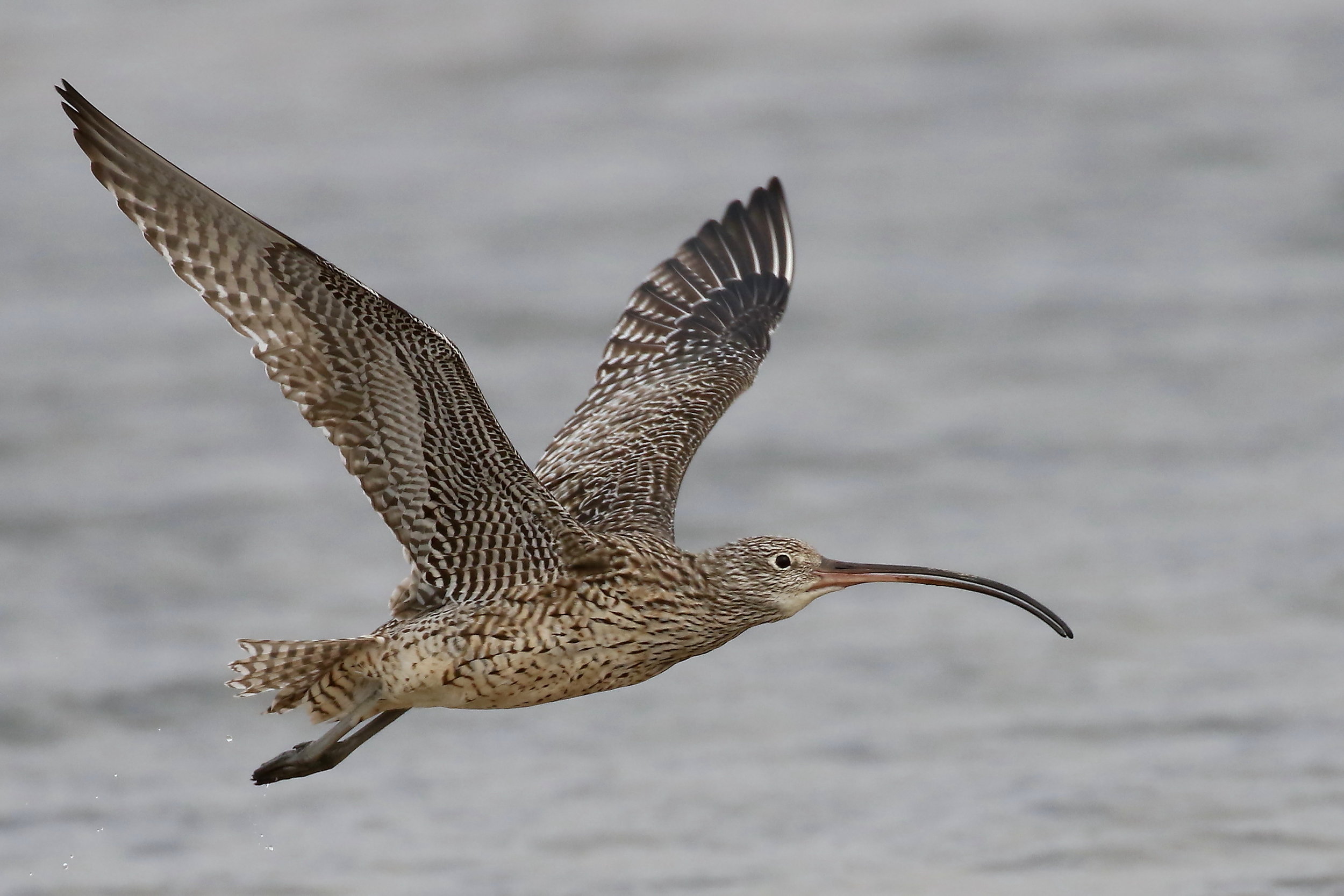
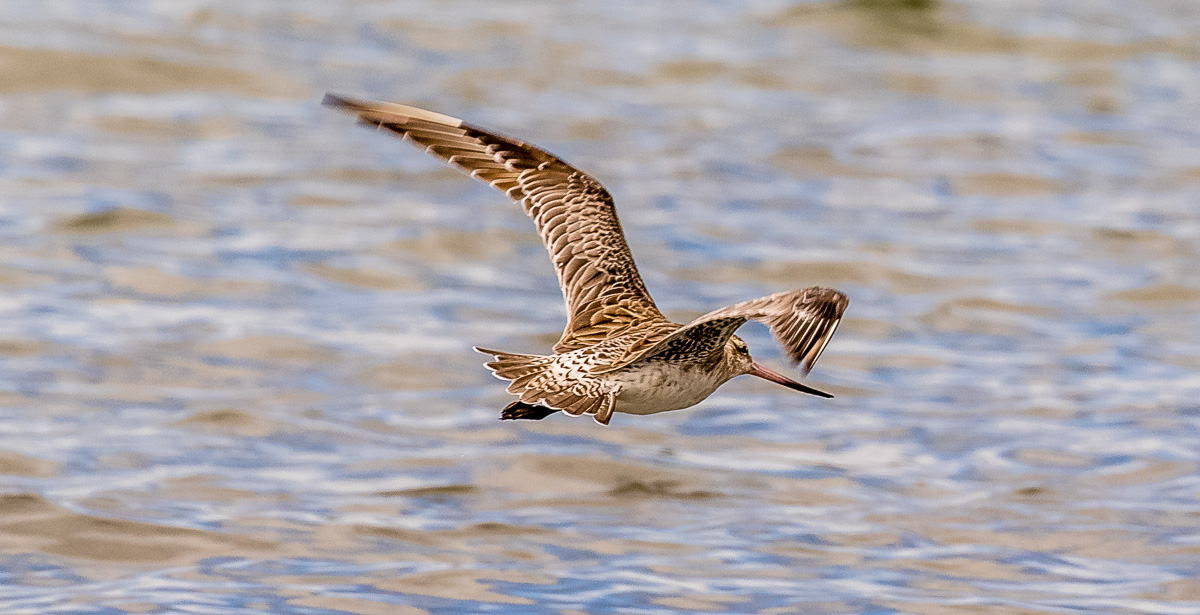
As an early-career zoologist, I have spent several years working with Australian shorebirds and learning to appreciate the majesty of their annual migration. The thought that this phenomenon could one day be spoken about in past tense reminiscences like those of the passenger pigeon has inspired me to pursue an epic journey of my own. Since April last year, I have been learning to fly a microlight aircraft with the ultimate goal of following the migration route of the red-necked stint from Australia to Siberia, in a bid to raise awareness and promote urgent action for shorebird conservation.
The idea for this journey first came to me in March 2015. A work colleague was telling me that he and his brother had always wanted to fly around Australia in a microlight to raise money for the Royal Flying Doctor Service, and I sat listening enraptured as he explained how learning to fly a microlight was relatively simple and didn’t cost the earth. These facts settled in my mind, and several days later, as I was waiting at the traffic lights on my way to Bunnings, the thought popped into my head: I could fly a microlight to Siberia following the migration path of the shorebirds.
The thought left me stunned. Straight away I knew the idea was big and inspiring and that I could do it if I chose to. At this point, I had never flown, nor even entertained the notion of learning to fly; it would be another year before I was brave enough to share the idea with people who could help me see it become a reality.
In April last year, I visited Sky Sports Flying School in York — about 2 hour’s drive east of Perth — for my first microflight flying lesson with flight instructor Gordon Marshall. As fate would have it, the microlight model I am learning to fly is called the XT-912 Tundra, manufactured by Airborne Windsports.
There are many parallels between the microlight and the red-necked stint, which make them the perfect flagship duo. First, the red-necked stint is the smallest of the shorebirds in the EAAF, weighing only 20-30g, about as much as a Tim Tam. The microlight, likewise, is the smallest of the ultralight aircraft, weighing only 220kg with a maximum take-off weight of 450kg. It is an open-cockpit aircraft, very much dependent on the prevailing wind conditions and exposing the pilot to the elements during flight.
Lastly, you wouldn’t think a small aircraft like a microlight could make a long distance journey such as this, but it can if you put some extra fuel on board, just as the red-necked stint does. Fitted with ferry tanks, a microlight can achieve distances over 1000 kilometres in a single flight, effectively doubling its range.
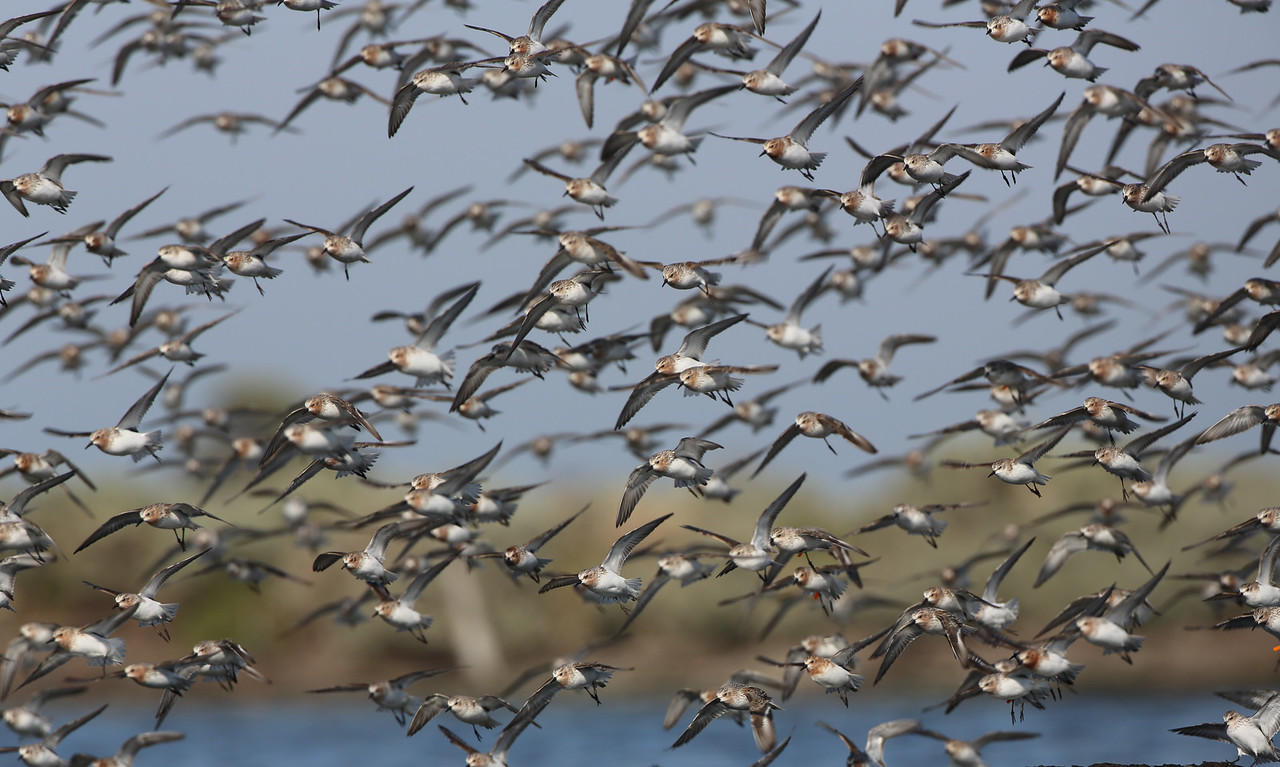
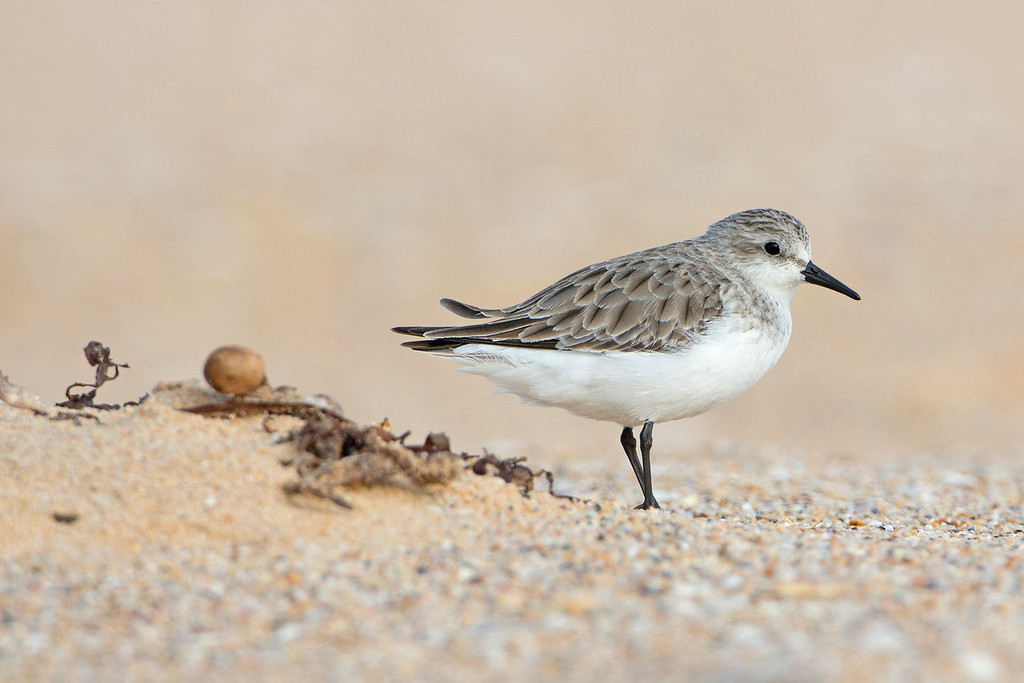
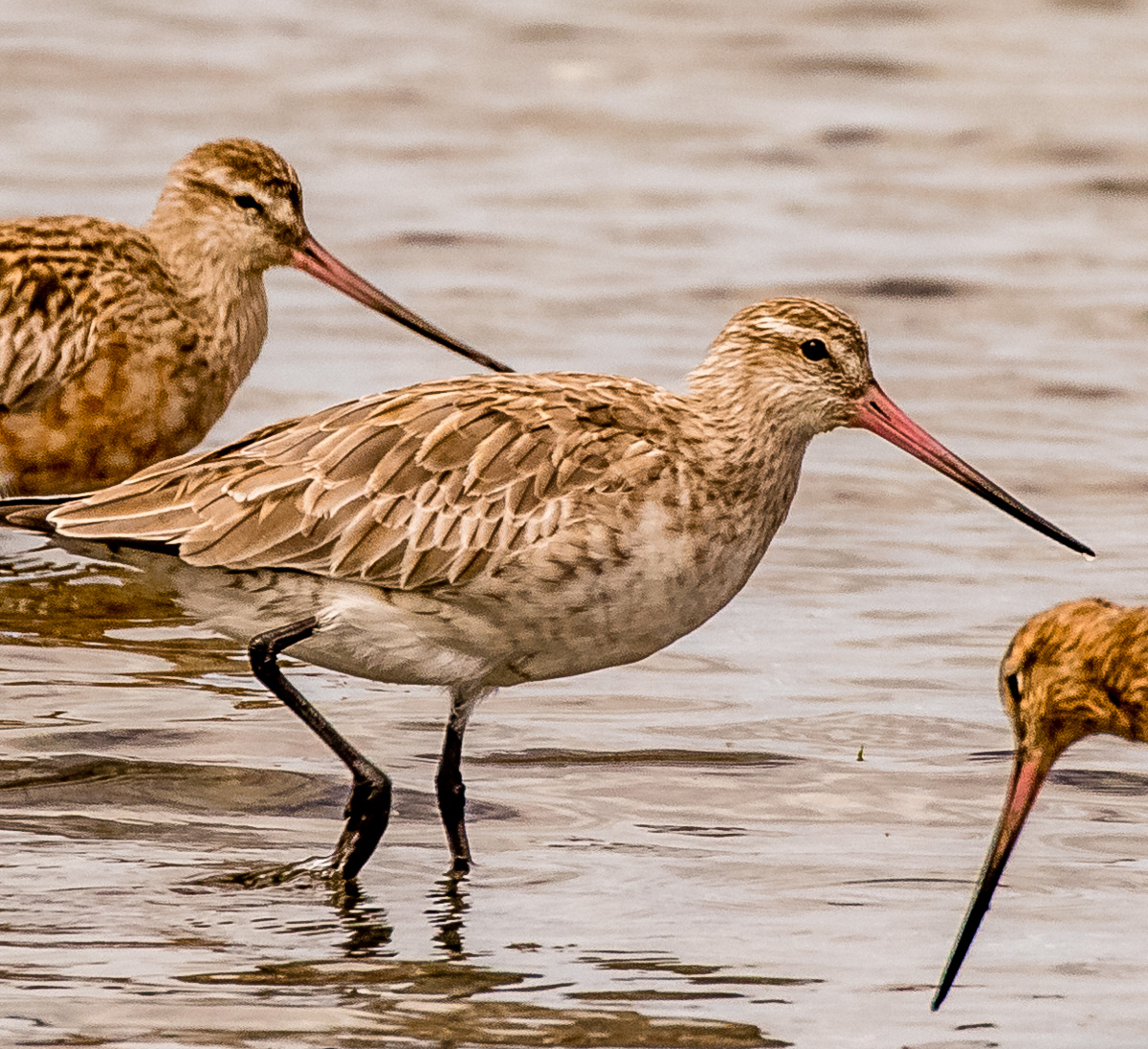
As I write this, I have 30 hours of flight training under my belt and am about to go solo. To accomplish this journey, I will need to practise flying for several years, build up hundreds of flight hours, learn to navigate, and rely on safety equipment, radio communications and a dedicated ground crew. Incredibly, I must do all this just to achieve what newly fledged shorebird chicks can do at only eight weeks of age. Shortly after fledging in Siberia, shorebird chicks are deserted by their parents and left to make their own migration southward to the non-breeding grounds in the southern part of the EAAF. By instinct, they know which way to fly without having been taught, whereas I will rely on charts, maps and GPS.
To reach my goal, I plan to first complete a cross-country flight from Melbourne to Broome at the start of 2019, arriving at Roebuck Bay just before the birds depart on their northward migration at the end of March — a kind of ‘mini-expedition’. I then intend to complete the international flight from Broome to Siberia in 2022, departing Broome with the shorebirds in March/April and arriving on the Arctic tundra in June/July at the start of the breeding season.
Throughout the journey, I will capture my experiences on film to produce a documentary. It is not just the story of the shorebirds I would like to tell, but also of the people with whom they share their lives. I see shorebirds as a living example of how we are all linked to one another through a global ecological network; their migration path is a thread that ties people living along the Flyway together.
Between flying and work, I am fortunate to travel around Western Australia in my volunteer role as Shorebirds 2020 WA Coordinator for BirdLife Australia. What I love most about these travels is meeting people and hearing about why shorebirds matter so much to them, and sharing their favourite places to go and see shorebirds. It is their dedication and commitment to preserve local shorebird habitats for future generations that inspires me to keep going.
This theme of threads is also reflected in the stitched fabric wing of the aircraft and my history working with thread as a tapestry weaver. In this way, this project, which I am calling Wing Threads – Flight to the Tundra, unites my three passions in life: shorebirds, flying and the creative arts.
Milly Formby at the helm of an XT-912 microlight. © Gordon Marshall
So now I find myself now at the first big hurdle. To give this project wings, both literally and figuratively, I have launched a crowdfunding campaign to raise $70,000 for an Airborne XT 912 Tundra model microlight aircraft, designed for long-distance cross-country flight. When the crowdfunding campaign ends on April 16, it will be exactly one year to the day since I began learning to fly, which seems apt.
Getting this project off the ground over the last year has meant finding the courage to face my fears over and over again; in doing so, I have learned so much about myself and my confidence has increased tenfold. I believe that when you are passionate about something — whether it be shorebirds, conservation, flying, art or science — then others feel your energy and enthusiasm for it, and that is how you begin to create change. One particular quote, purportedly by Amelia Earhart, the first female aviator to fly solo across the Atlantic Ocean, inspires me to keep going even though I have no idea where this adventure will take me:
Some of us have great runways already built for us. If you have one, take off. But if you don’t, realise it is your responsibility to grab a shovel and build one for yourself and for those who will follow after you.
Already, I am learning that building your own runway is not for the faint of heart, and it doesn’t always look how you expect it to. But there is nothing more worthwhile, especially when you are working towards something much bigger than yourself. In the future, I hope that society can begin to appreciate our connectedness as humans to the environment and the species with which we share this beautiful planet. With our help, shorebirds can continue to fly to the moon, and inspire us with our own dreams to follow.
To help support Wing Threads — Flight to the Tundra, visit here.
Edited by Andrew Katsis
































































